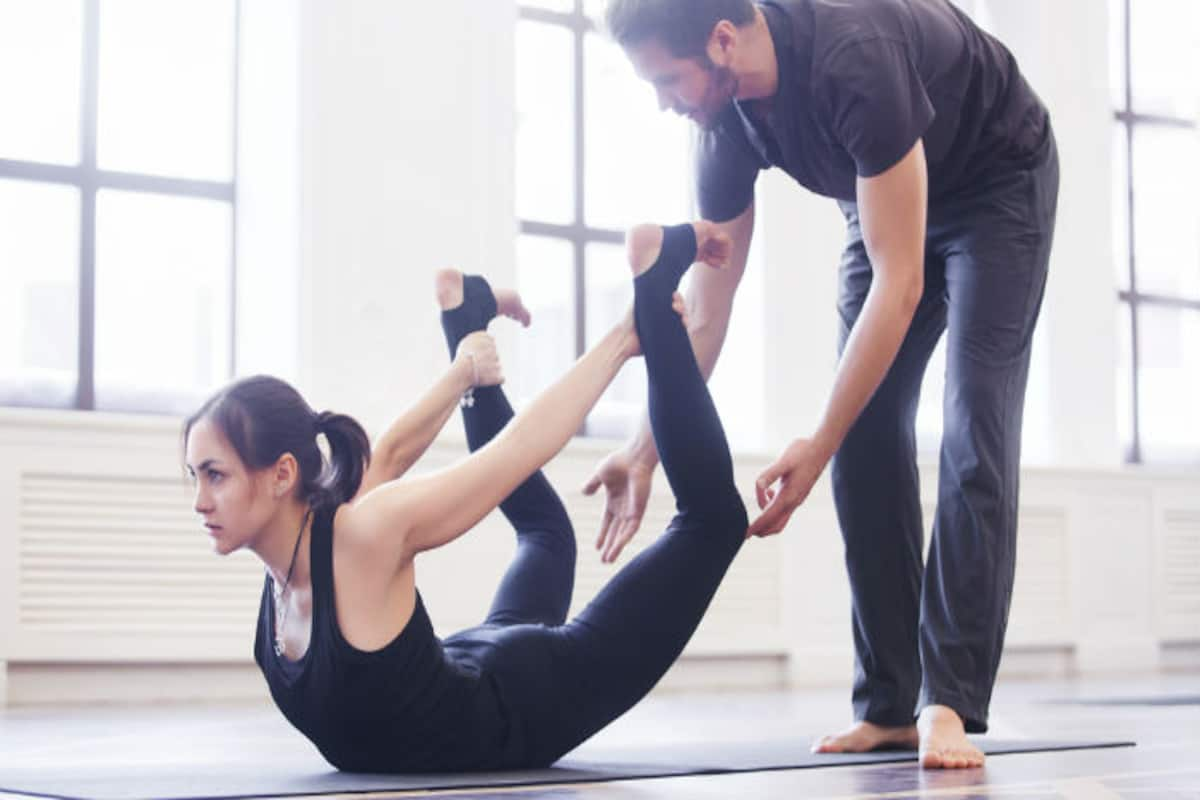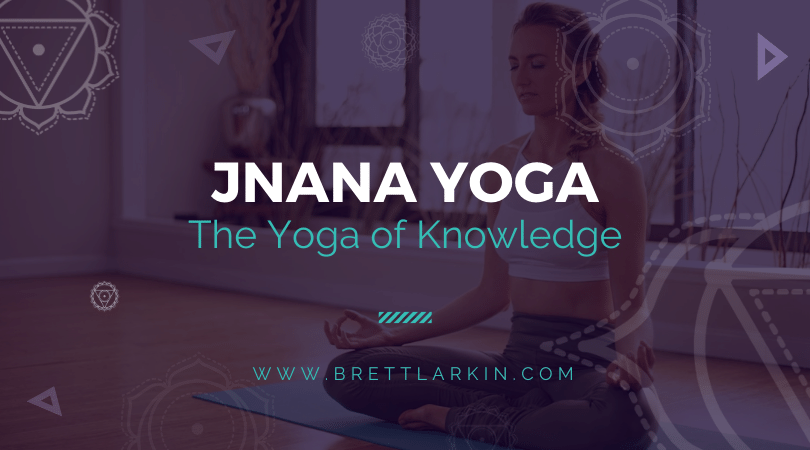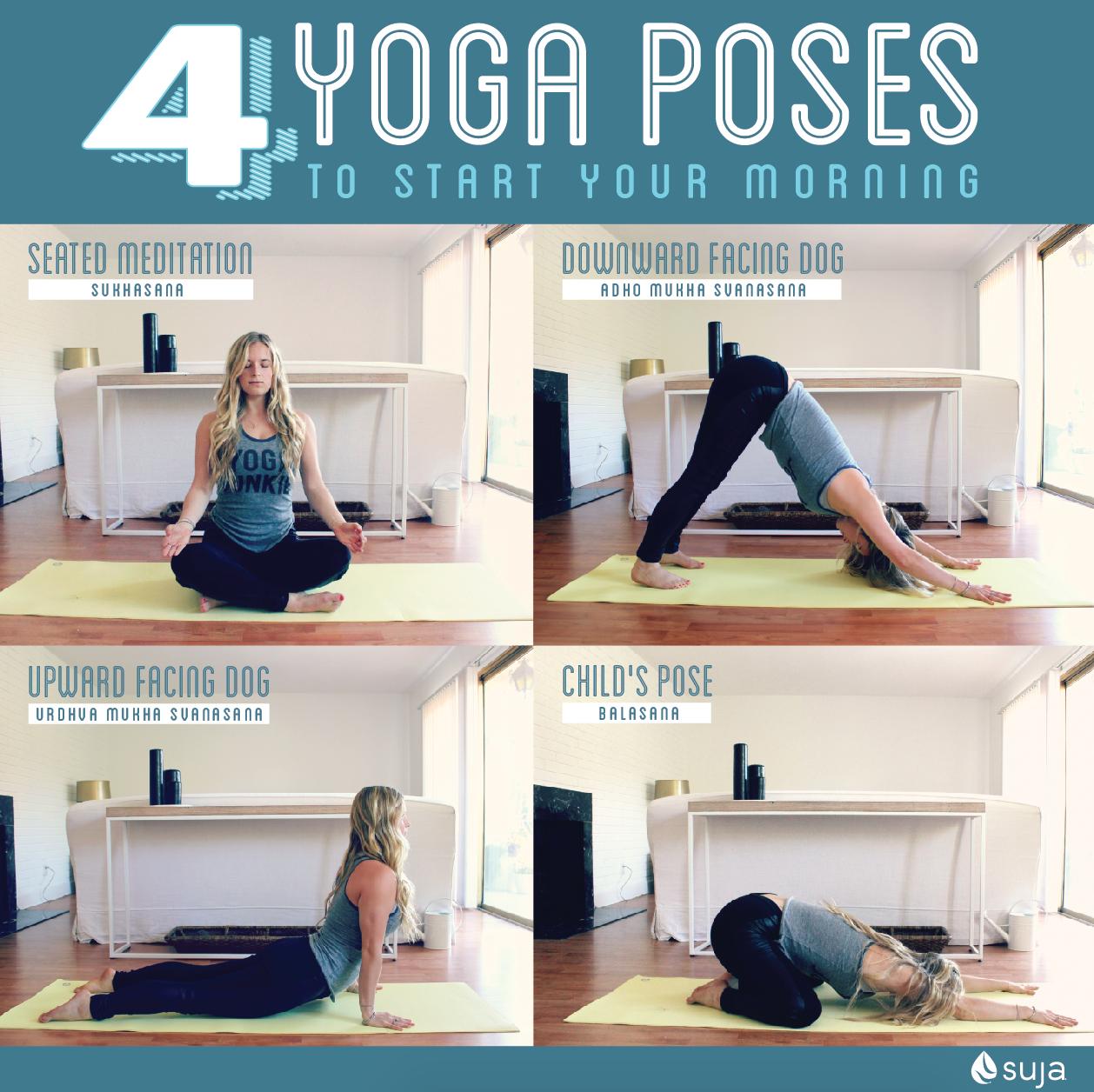
While both yoga and Pilates can be used for fitness, they have their own unique differences. Pilates exercises are more strenuous and require concentration and control of the body's movements. Yoga is a gentle, but powerful practice that strengthens the core. The form of yoga determines which order these routines are performed. Some forms require a vigorous cool-down and warm-up. Combining these two types of exercise could result in a great workout. Both are great for your well-being and health.
Positivity and positivity are integral parts of both
Studies have shown that Yoga as well as Pilates are effective in helping people to cope with stress. Both styles promote flexibility and strength. They also encourage positive attitudes, awareness and control over one's own body movement. While Pilates emphasizes effective movement, yoga focuses more on relaxation and static stretching. The majority of Pilates instruction relies on verbal explanations, while yoga uses demonstrations to guide people through exercises.
Like Pilates, yoga is focused on relaxing the body through breathing techniques and poses. The yoga breathing sequences promote positive energy by being rhythmical and deep.

Both flexibility and adaptability are integral parts of the combination
Both yoga and pilates are based upon the belief that flexibility is crucial for maintaining good posture. Flexibility is the ability to move freely without difficulty or injury. It is also an important aspect of strength training. Stretching exercises can improve flexibility and help you gain strength.
Flexibility can be beneficial for a number of conditions, including back pain and injury prevention. It is also beneficial in daily activities. It can also reduce fatigue and improve well-being. Many people take flexibility as a given. But it's vital for fitness. Flexibility exercises can make a big difference in your life, no matter if you want to climb a new height or prevent injury.
Joint mobility is an integral part of both
As with all exercise programs, joint mobility is important for maintaining healthy function. Exercises that improve mobility in the joints can help to prevent injuries and improve quality of life. Regular exercise is important for maintaining the health of your tendons.
Joint mobility is the ability to control a joint's full range of motion. This allows you perform movements like deep squats with good form. This goal is important for all people as it allows you to improve your strength training results and reduce the risk of injury.

They increase well-being
The benefits of yoga or Pilates are obvious, but the mechanisms behind them are still not well understood. However, it appears that they are associated with higher subjective well-being as well as health-promoting behaviours and fitness levels. These exercises are open to all and pose little risk of injury or illness. These exercises are excellent public health programs for women and men.
Studies have shown that yoga and Pilates both improve health and well being, especially for seniors. They both improve flexibility and strength and can help to manage stress. These exercises can be modified to meet individual needs. Yoga is especially beneficial for elderly women because it improves functional autonomy, balance, strength, and flexibility. They can also ease muscle-related problems.
FAQ
Is there a way to do yoga at home?
Absolutely! There are many options for practicing yoga at home. For example, videos, DVDs/CDs, CDs, magazines and apps can all be used to practice yoga at your home.
YouTube even offers free online yoga videos. However, getting a good instructor to guide you through the movements is best.
Are yoga mats necessary?
Not necessarily. Many studios offer mats to students. These mats can be easily cleaned and made of rubber.
You can also purchase your mat. A mat of good quality will last for several years.
What length should a yoga class be?
The average yoga session lasts between 45 minutes to an hour. The length of time depends on the type of yoga you're doing. For strength-building exercises, it would be sufficient to last 45-60 minutes. If you are looking for relaxation or mediation, a longer time may be required.
The length of your class also depends on which kind of yoga class it is. Some classes emphasize fast, intense movements while others are slow and deep.
Is yoga associated with side effects?
Yoga has risks like any other form of physical activity. Injury is the main danger. Be sure to learn how to do each pose safely.
Yoga can make you dizzy or faint if your first time doing it.
This is caused when blood pools in your brain. This sensation will quickly go away, but don't panic.
If you experience chest pains while doing downward-facing dogs, make sure you don't hold your breath. This will only increase your heart beat and make it worse.
Is 20 minutes of Yoga a Day enough?
Yoga should not be viewed as just exercise but as an opportunity for self-discovery. It's a time for reflection on your life and the way you live it.
My friend introduced yoga to me a few decades ago. She had been practicing for many years. He explained to me that he did 20 minutes of yoga each morning which made him feel calmer during the rest of the day.
I decided to try it and found that it made a difference in my overall well-being. Since then I have been practicing yoga on a regular basis and it has helped me to relax and stay focused when I work at my desk.
You need to discover what works best for YOU and set realistic goals. Yoga doesn't have to be a time-consuming activity if it's not going to help your goals.
What does research show about yoga for wellness?
Yoga has been proven effective at improving mental health, reducing stress, and promoting overall well-being. It is also a great way to lose weight and maintain a healthy BMI (body mass index).
Yoga can help lower blood pressure and improve cardiovascular function.
These are just some of the benefits of yoga.
The list is endless!
Statistics
- Gentle yoga has been shown to ease some of the discomforts of tender, swollen joints for people with arthritis, according to a Johns Hopkins review of 11 recent studies. (hopkinsmedicine.org)
- In comparison, a 125-pound person is estimated to burn 135 calories in 30 minutes of walking (at a pace of 15-minute miles) and 210 calories bicycling at a moderate pace on a stationary bike. (everydayhealth.com)
- A 2020 review of 27 studies (1,805 total participants) of yoga interventions in children or adolescents found reductions in anxiety or depression in 70 percent of the studies, with more promising results for anxiety. (nccih.nih.gov)
- Lock in 25% off your Founding Member rate. (corepoweryoga.com)
- About one in seven U.S. adults practiced yoga in the past 12 months, according to a 2017 national survey. (nccih.nih.gov)
External Links
How To
What is your ideal position for practicing yoga?
There are no wrong or right ways to practice yoga. Every person has their own style. It is enough to find the position that feels most comfortable for you.
Here are some commonly used positions:
Standing poses - Standing poses are suitable for beginners because they allow you to see how your body looks from different angles. They allow you to focus more on your breathing.
Forward bends: Forward bends are used to stretch tight areas. They can be used while lying down or sitting.
Backbends – Backbends are considered to be advanced poses. Instructors can help you decide if this is a pose you would like to try.
Inversions: Inversions are poses where you balance on your side. This type of yoga can be challenging but rewarding.